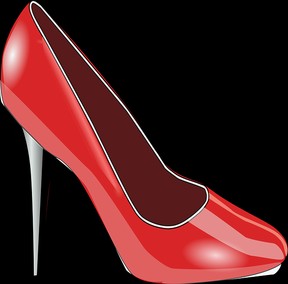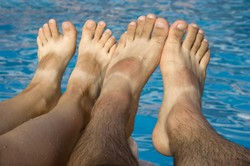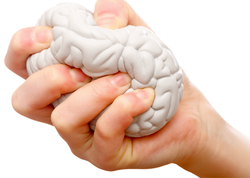With summer coming up and in anticipation of the return of lovely sunlight, it may be time to start to consider the appearance of your feet. Sandals and flip flops are footwear favorites for the coming season.
Are you ready for your feet to be on display?
Have you gone through the winter with sore feet? Have any parts of your toes been rubbing against your boots? Have you any corns or calluses on your feet that need attention and treatment?


 A lot of people suffer from these two uncomfortable issues. In most cases, they are caused by something called hyperkeratosis – this is the thickening of the skin. It is usually a safety response of the body to any discomfort being regularly applied. The problems arise when the safety response becomes the problem.
A lot of people suffer from these two uncomfortable issues. In most cases, they are caused by something called hyperkeratosis – this is the thickening of the skin. It is usually a safety response of the body to any discomfort being regularly applied. The problems arise when the safety response becomes the problem. 





 T-fal Actifry Deep Fryeron 06/02/2012
T-fal Actifry Deep Fryeron 06/02/2012
 Birthday in a boxon 05/22/2012
Birthday in a boxon 05/22/2012
 InsectLore Butterfly Garden - An educational breakthroughon 05/19/2012
InsectLore Butterfly Garden - An educational breakthroughon 05/19/2012
 Inspirational Home Decor with Wall Decals and Wall Arton 05/01/2012
Inspirational Home Decor with Wall Decals and Wall Arton 05/01/2012



Comments
Sounds like a great idea. Thanks Earl!
Castor oil can help immensely in getting rid of corns. Before sleeping try dipping the tips of a cotton bud in castor oil and apply it o the surface of the of the corn or callus and bandage it with adhesive tape. If you don't want to stain your sheets, wear socks.